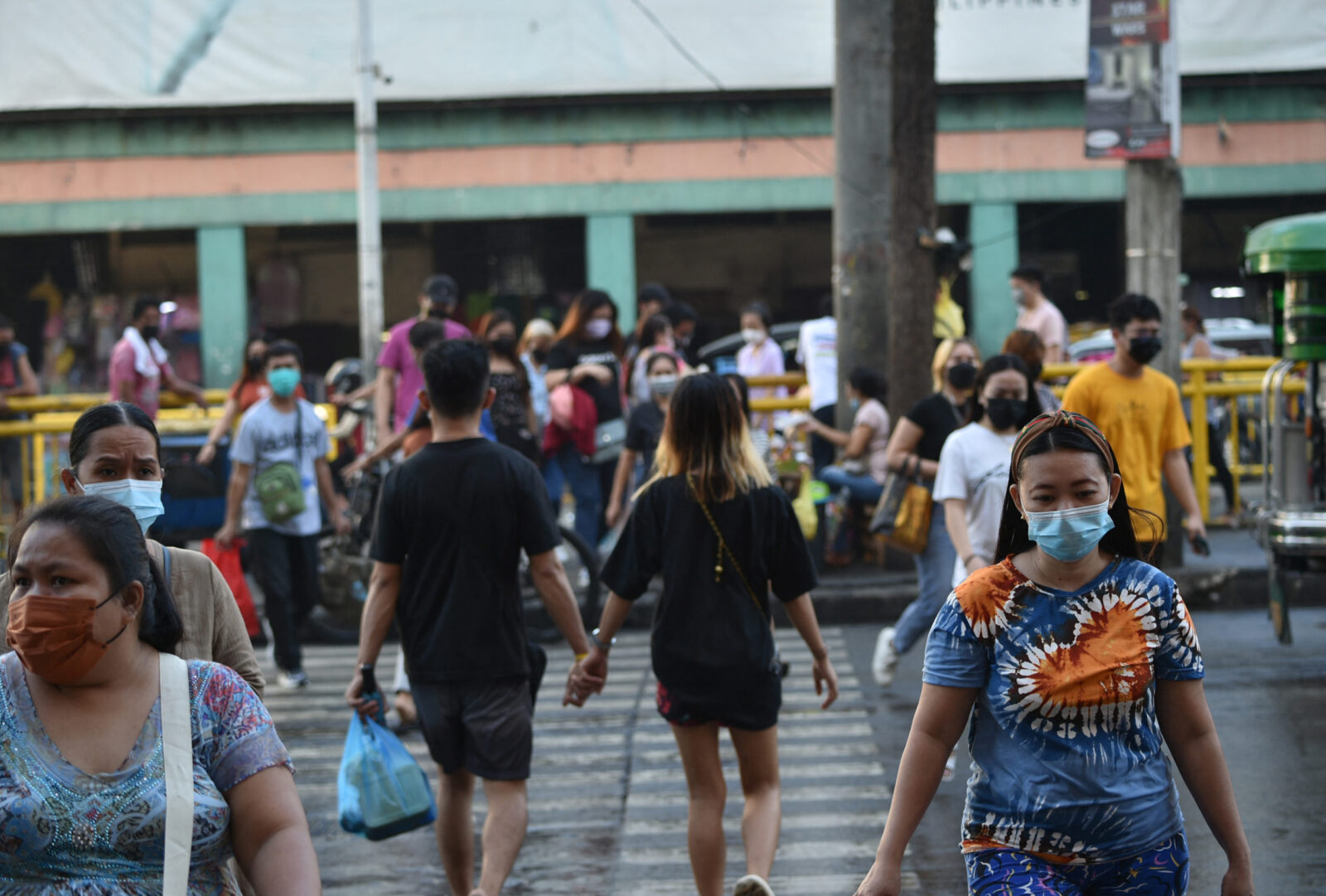Increase in influenza-like cases ‘not new’–expert

The recent increase of influenza-like illnesses in the country is “not[hing] new,” with a “clustering of cases” expected from September up to early January next year, according to an infectious disease expert.
“September is the start of the influenza-like illness up to the early part of January in the Philippines. This is not new. This is expected,” Dr. Rontgene Solante told the Inquirer in a Viber message.
He noted that respiratory viruses, such as influenza, respiratory syncytial virus, COVID, adenovirus, rhinovirus and enterovirus, would circulate during this period, causing influenza-like illnesses.
According to Solante, the “peak” of influenza-like illnesses last year was recorded from September to October. For this year, he said that while cases were expected to continue until January, it will mostly be a “clustering” of cases and not a continued increase.
Based on data from the Department of Health’s (DOH) epidemiology bureau shared by Solante, a total of 9,649 cases of influenza-like illnesses were reported in the country from Aug. 31 to Sept. 13, which was 17 percent higher than the number of cases reported two weeks earlier on Aug. 17 to Aug. 30.
According to the report, this increase “follows the usual seasonal trends.”
Weather conditions
It was also noted that the Ilocos, Cagayan Valley, Calabarzon (Cavite, Laguna, Batangas, Rizal, Quezon) and Mimaropa (Mindoro, Marinduque, Romblon, Palawan) regions had earlier breached their epidemic thresholds, with 33,856 cases recorded in these areas.
The report added that out of the respiratory viruses, the most common pathogens were influenza A, which accounts for 1,842 or 45 percent of the cases; rhinovirus, with 552 or 14 percent; and enterovirus, 499 cases or 12 percent.
This increase in influenza-like illnesses was felt in private hospitals, with Dr. Jose Rene de Grano, president of the Private Hospitals Association of the Philippines Inc., estimating that there has been a 5- to 10-percent rise in cases.
“We expect a rise in viral infections during the third quarter and usually it is the flu-like illnesses,” he said in a Viber message. “Maybe it was enhanced by the weather conditions.”
De Grano said the increase in influenza-like illnesses had led to a rise in admissions among private hospitals, especially for pediatric patients.
Earlier on Sunday, the Department of Education (DepEd) announced that in-person classes in all public schools in the National Capital Region will be suspended due to the increasing cases of influenza-like illnesses as well as the recent earthquakes that struck various parts of the country.
“DepEd regional offices and schools division offices may implement preventive suspensions in order to hold structural inspections as well as other activities to ensure that schools are ready in case of a strong earthquake or other calamities,” the agency said in a statement.
“These steps are conducted together with initiatives to fight illnesses,” it added.
DOH spokesperson Albert Domingo noted in another Viber message that the number of influenza-like illnesses this year remains lower than last year.
He added, however, that it was still prudent of health authorities to practice preventive measures against such illnesses.

















